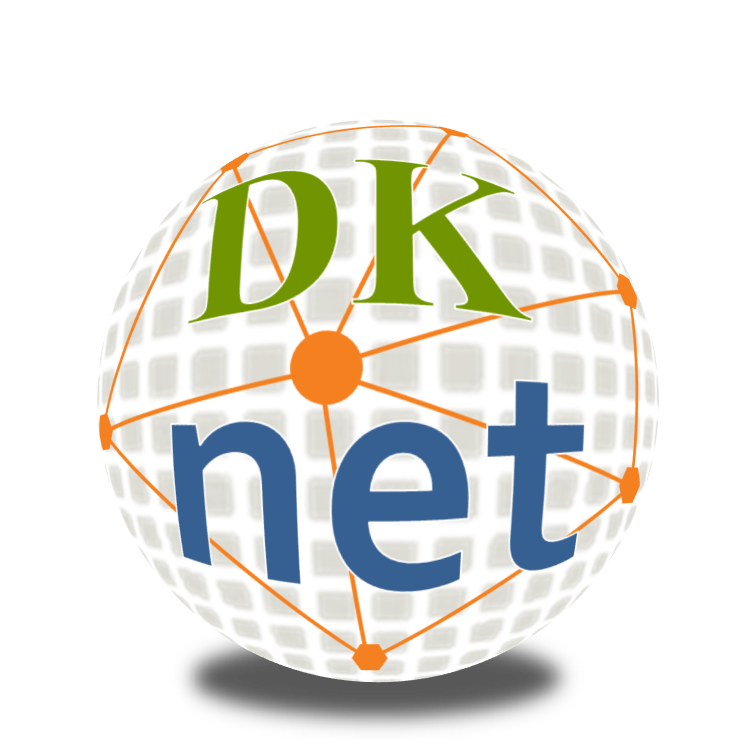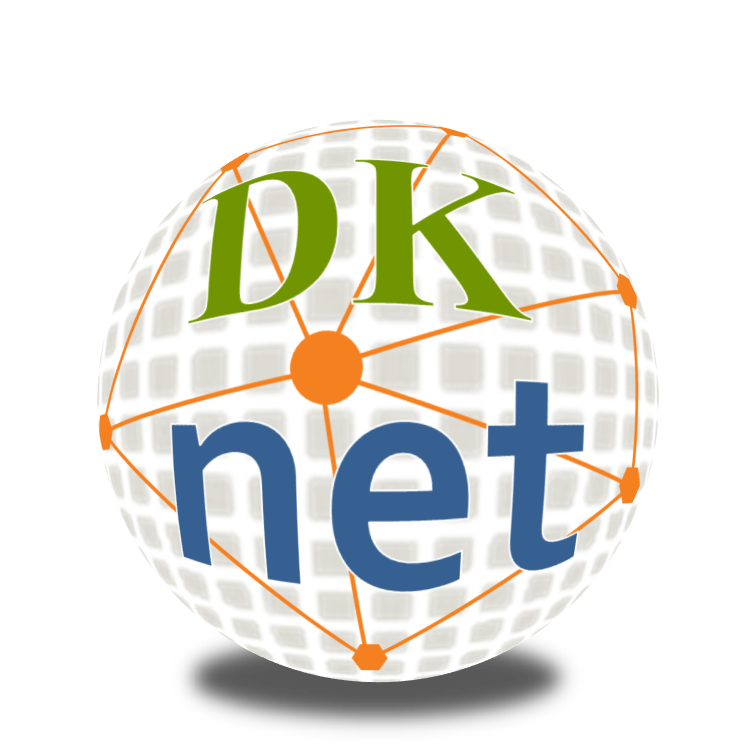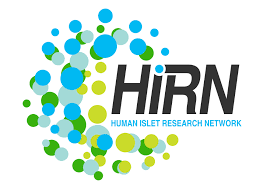Leaving Community
Are you sure you want to leave this community? Leaving the community will revoke any permissions you have been granted in this community.
[Recorded Webinar and Slides Are Available Now!] dkNET Webinar "Pancreatlas™: Mapping the Human Pancreas in Health and Disease"
*Watch recorded webinar here: https://youtu.be/UZAtXuzNGt0
*Webinar Slides: https://www.slideshare.net/dkNET/dknet-webinar-pancreatlas-mapping-the-human-pancreas-in-health-and-disease-01282022
Join dkNET Webinar on Friday, Jan. 28, 2022, 11 am - 12 pm PST
Abstract
Pancreatlas is an online resource that houses and links human pancreas imaging data with clinical data to facilitate advances in the understanding of diabetes, pancreatitis, and pancreatic cancer. Increasingly, human tissue phenotyping programs and projects are generating complex data from numerous imaging modalities, yet only a fraction are shared as static figures for publication. We built Pancreatlas to bring together imaging data under a standardized, intuitive, and interactive platform that is publicly accessible and connects data from disparate research efforts in order to accelerate discovery science. Pancreatlas currently contains over 1,800 full-resolution images organized across seven context-aware collections, including whole-slide images of histological stains and fluorescent immunohistochemical labeling, multiplex modalities CODEX and imaging mass cytometry, and confocal microscopy. Pancreatlas utilizes an open-source web application and application programming interface (API) framework (Flexible Framework for Integrating and Navigating Data; FFIND; https://github.com/Powers-Brissova-Research-Group/FFIND) and a back-end instance of Open Microscopy Environment Remote Objects Plus (OMERO Plus, Glencoe Software), which together integrate domain-specific data exploration with interactive image viewing (PathViewer, Glencoe Software). Looking ahead, we plan to expand connectivity and integration with other platforms and pancreas mapping efforts, including development of a graph database, improved annotations and ontologies, and enhanced search and browsing, as well as expanding connections between imaging and other omics resources.
The top 4 key questions that Pancreatlas can answer:
1. How does the architecture of the human pancreas change during the first decade of life?
2. What compositional alterations occur in islets from donors with type 1 and type 2 diabetes?
3. Which markers can be used to visualize non-endocrine cell types in human pancreas?
4. How much variation exists across histological features of clinically “normal” pancreata?
Presenters:
Marcela Brissova, PhD, Research Professor, Vanderbilt University Medical Center
Jean-Philippe Cartailler, PhD, Director of Creative Data Solutions, Vanderbilt University
Diane Saunders, PhD, Research Instructor, Vanderbilt University Medical Center
Dial-in Information:
Date/Time: Friday, January 28, 2022, 11 am - 12 pm PST
https://uchealth.zoom.us/meeting/register/tZAkde-rpzwoH9L6xVIg9wK5thAD1-N3lmZF
Upcoming webinars schedule: https://dknet.org/about/webinar





